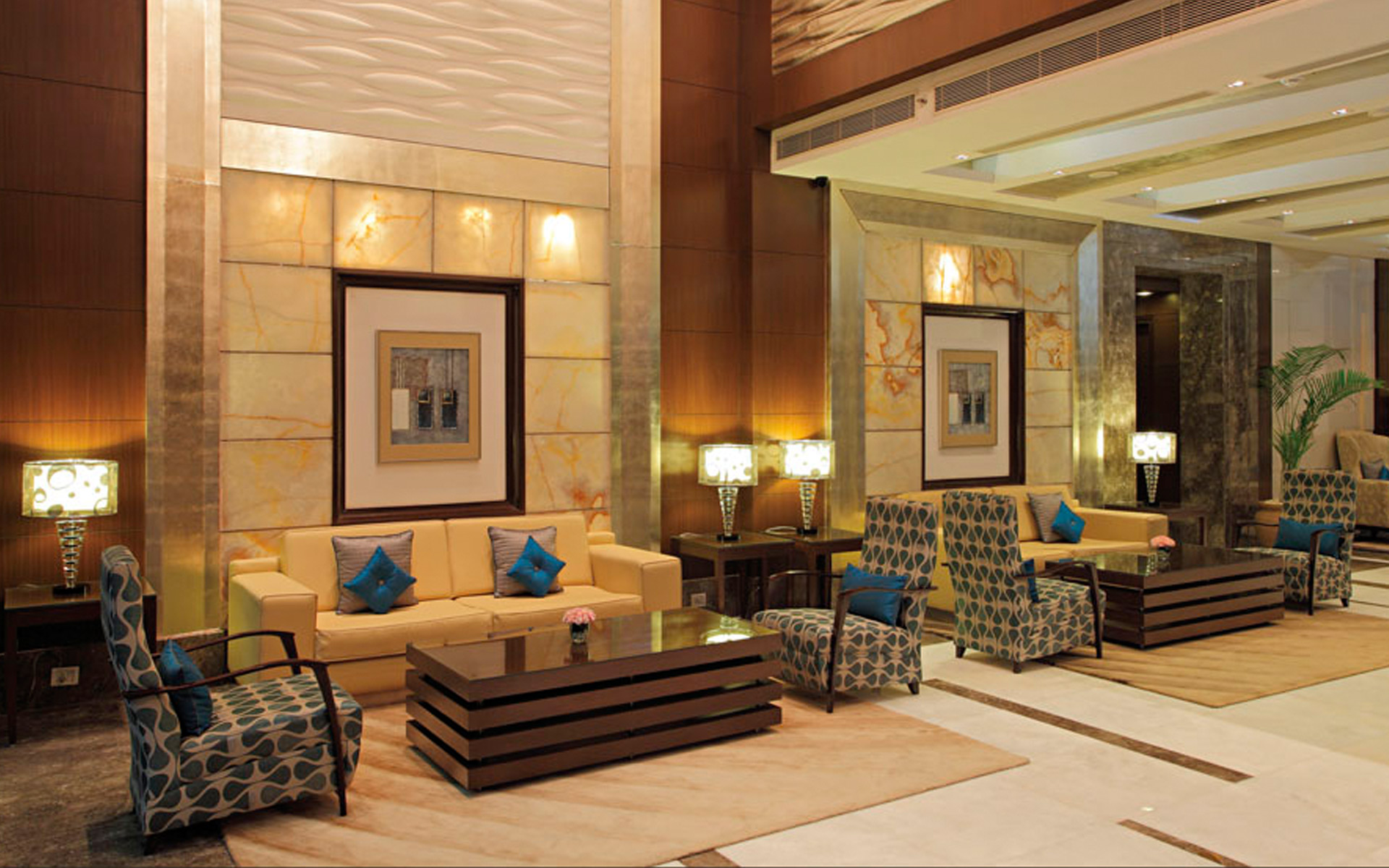Book online or call us 24/7
What Brought About the Innovative Change in New Delhi Hotel’s Facilities
To be fair to hotels is New Delhi, together with Mumbai, they have always defined the hospitality standards in service and amenities. They have set benchmarks that other Indian hotels have aspired to meet, let alone outdo. But, things were not always this hunky dory. Complacence, like with every business, had begun to creep in, sometime during the 60’s. It’s only in the last three decades that New Delhi hotels shed off the complacency tag and strived to achieve nothing but excellence in services and guest experience.
What led this change? We did some research, tossed a few facts, did some math and found out. Here is the convenient synopsis for you.
1- Existing Presence of International Brands
There were a lot of major international hotel chains like Sheraton, Hyatt, Hilton, Marriott, Radisson and Le Meridien that were already established in the hospitality scene. These chains compared global hospitality trends with those existing in the Indian hospitality industry back then. Soon, hotels in New Delhi and other metropolitan cities started raising the bar, offering services such as airport transfers and other travel provisions by private cars.
2- Smaller Players Follow Suit
As is the tradition with every industry, after the bigwigs had set the hospitality bar high, smaller players begin to follow suit. Airport transfers became almost mandatory. Hotels began to expand their fleet size to keep private transport ready for their guests. The services earlier classified as luxury, were now standard. And don’t forget, budget hotels in New Delhi always had an edge – owing mainly to their cost effectiveness – over their pricier counterparts.
3- Service Affordability on the Basis of Brand Positioning
With time, all New Delhi hotels and their parent chains began to analyze and invest in brand positioning. The idea was that each hotel (read brand) was to cater to a specific niche of clients, thus making service categorization relatively easier. For example, an in-room spa became a must for luxury hotels while budget hotels began to offer scaled down, yet effective, facilities such as wake up calls and hiring local taxis for guests.
4- Service Optimization on Micro-Market Levels
The development of independent micro-markets in the large metropolises such as Delhi and Mumbai allowed major brands to maintain multiple hotels with the same brand affiliation, without fears of threatening their own market.
All these factors, individually or together, have brought about a sea of change in the level of service and facilities offered today by New Delhi hotels.
November 3, 2012 Saturday at 9:20 am

